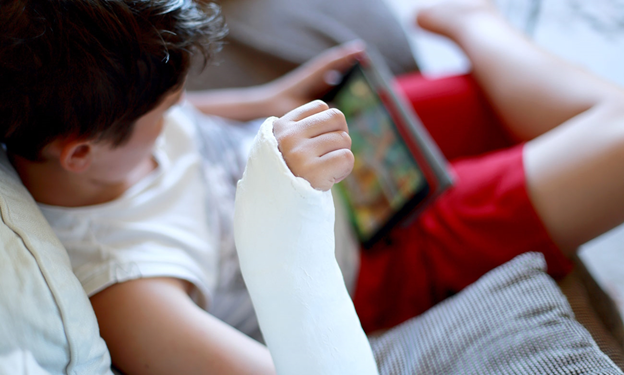
A broken arm can be a frightening experience, especially when it happens unexpectedly. Whether it’s from a fall, sports injury, or accident, it’s important to stay calm and take the right steps for healing.
Knowing what to do in these moments can make all the difference in how quickly you recover. Here’s everything you need to know when dealing with a broken arm.
Recognize the Signs of a Broken Arm
At first, it can be hard to tell if an arm is broken or just sprained. A broken arm will often cause immediate pain, swelling, and bruising. You might also notice that the arm is deformed or that it’s difficult to move it. In some cases, the bone might even poke through the skin.
If you suspect a break, it’s important to get medical help right away. Don’t try to move the arm too much. Any attempt to use it could make the injury worse. If possible, try to keep the arm still and avoid putting weight on it.
Get Medical Help as Soon as Possible
After recognizing the symptoms of a broken arm, your first step should always be to go to the hospital or emergency room. A doctor will examine the injury, take X-rays, and determine the best course of action. Sometimes, the bone might need to be reset if it’s out of place, and in more severe cases, surgery may be necessary.
While you wait for medical help, you can apply ice to the injured area. This helps reduce swelling and numbs the pain. Make sure to wrap the ice in a cloth or towel to avoid frostbite. Keep the arm elevated if possible, as this will help prevent swelling.
Casting and Recovery Time
Once the doctor has assessed the injury, they will likely place a cast on your arm to hold the bone in place. The cast may feel uncomfortable at first, but it’s crucial to keep it on for the recommended period. A broken arm typically takes around 6-8 weeks to heal.
During this time, it’s important to follow your doctor’s instructions closely. Avoid using the arm in any way that could strain the healing bones. Try not to get the cast wet, and keep it clean to prevent any infection or irritation from developing.
Recover with the Help of Physical Therapist
Once the cast is removed, you might feel stiff or weak in the injured arm. This is where a physical therapist comes in. They will guide you through exercises to regain strength, flexibility, and movement in your arm. A therapist’s job is to help you recover fully and get back to your normal activities without pain.
Therapy can include stretching exercises, gentle movements, and strength-building exercises. Be patient with the process, as it may take time to get back to where you were before the injury. A physical therapist will create a personalized recovery plan that fits your unique needs, helping you heal efficiently.
Conclusion
While breaking an arm can be frustrating and painful, it’s important to stay positive and patient throughout the recovery process. Seek medical attention as soon as you can, follow your doctor’s instructions, and don’t forget the importance of physical therapy. With time and care, you’ll be back on your feet and fully recovered.



